As my internship with Pennsylvania’s Historic Preservation Office comes to a close, I want to take the time to reflect on my experiences here. When I began in early June, I was relatively new to the field of historic preservation.
My only background was some previous research I had done and a passion to learn more about the profession. Luckily for me, I was able to dive head first into the world of preservation on my second day at the SHPO by attending the June meeting of the Pennsylvania Historic Preservation Board at the Landis Valley Village & Farm Museum.
Being able to sit in and absorb the various discussions that occurred between the board members helped give me a one-day crash course on this field. Over the course of the summer, I have been able to further develop and refine my understanding of historic preservation beyond the lessons of that crash course.
Since my internship centered around the commonwealth’s agricultural heritage and landscape, I spent the first few weeks getting familiar with the historic contexts and vocabulary used to assess farmsteads. I also started entering agriculture survey forms into SHPO’s data management system, PA-SHARE.
These forms, which were completed as part of the Pennsylvania Agricultural History Project, documented farms across the state and contained architectural information on barns and farmhouses, landscape features, and any historical documentation related to individual farms.
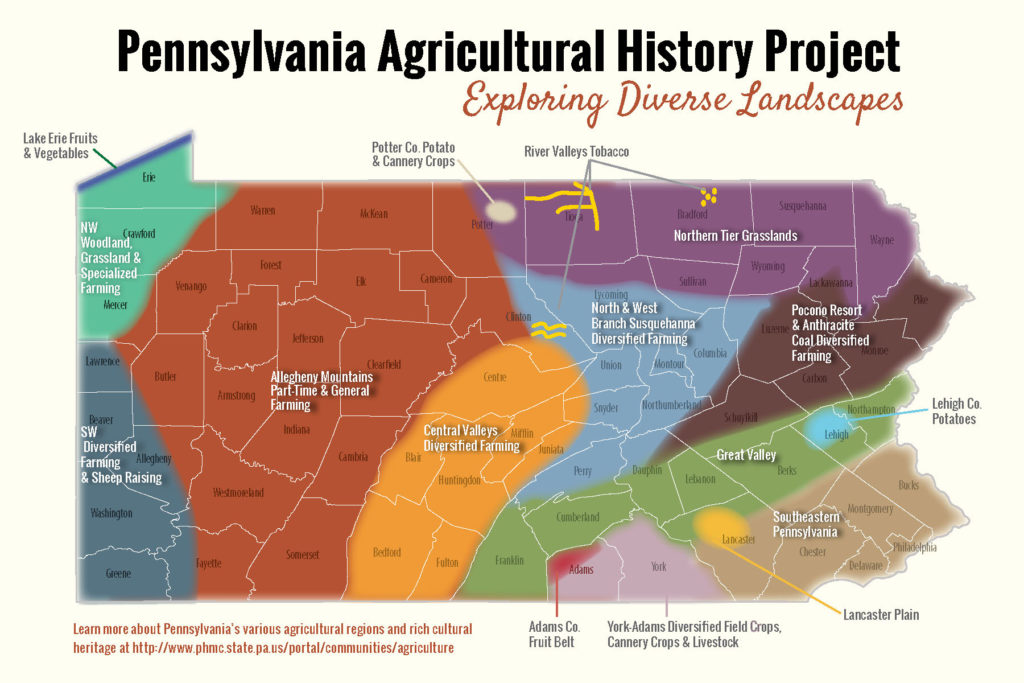
While this project was completed in the late 2000s, it remained in physical form and was not yet digitally available for the public to view. An important part of my internship was to create a digital record of this survey so that commonwealth citizens could research and examine these pieces of Pennsylvania’s agricultural history.
However, because this survey was completed over a decade ago, I was presented with some challenges when it came to locating and digitally documenting these resources. The first challenge was inadequate or outdated addresses which often resulted in a “needle in a haystack” search to locate those farms that could be verified by comparing site sketches and photographs. Occasionally, this was not that simple as some survey forms did not have proper photo documentation or sketches which made verifying farmstead locations even more difficult.
Despite these and other issues, I was able to create about 152 new records from these surveys, which can now be utilized to help document and preserve Pennsylvania’s agricultural landscape. In spite of this, more work is needed to create resources for the remaining 200 agricultural surveys.
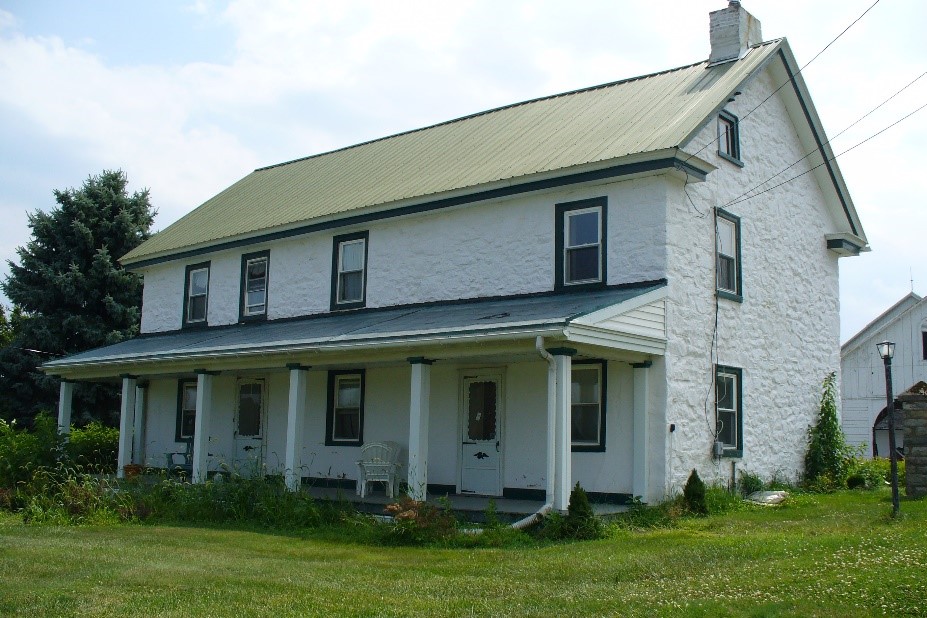
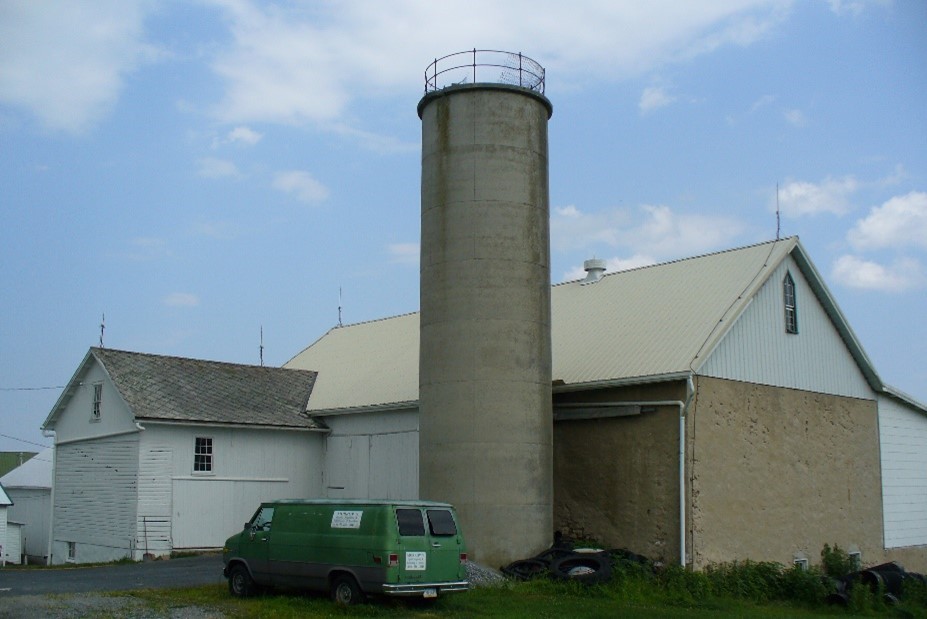
Among these resources, I identified more than 30 farms that would benefit from additional research to determine their historic significance and potential eligibility on either the National Register or as a contributing feature of a larger historic district.
These farms stuck out to me by either being architecturally distinctive, retaining a number of good condition outbuildings, or remaining active farms that have maintained their historic core. All of these are characteristics that could adequately convey a farm’s historic agricultural importance. Moving forward I suggest that the PA SHPO conduct additional research on these farms to determine their historical significance and further efforts in the preservation of these farms.
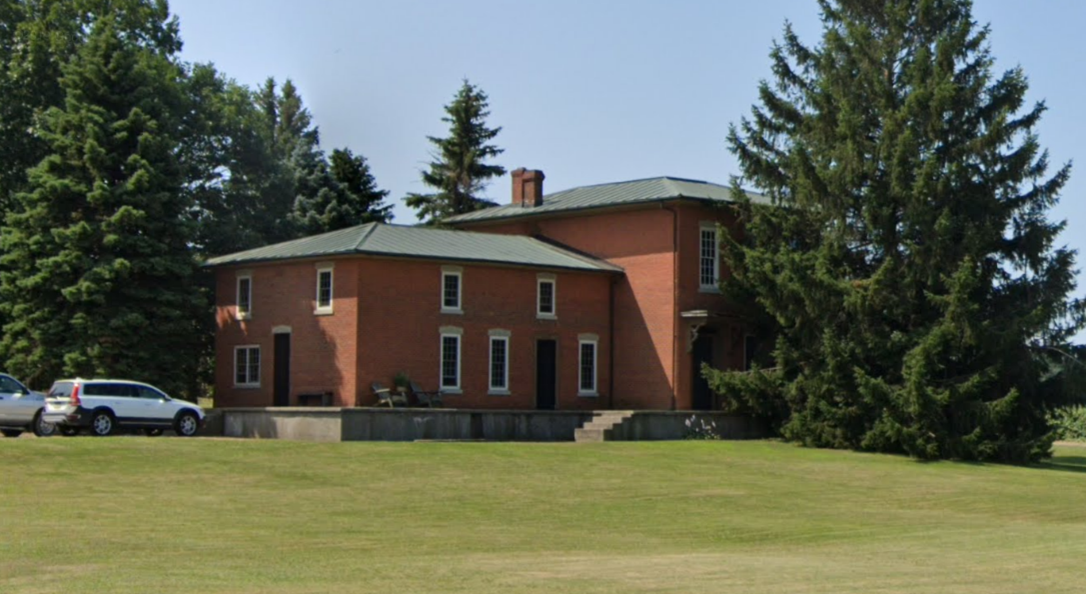
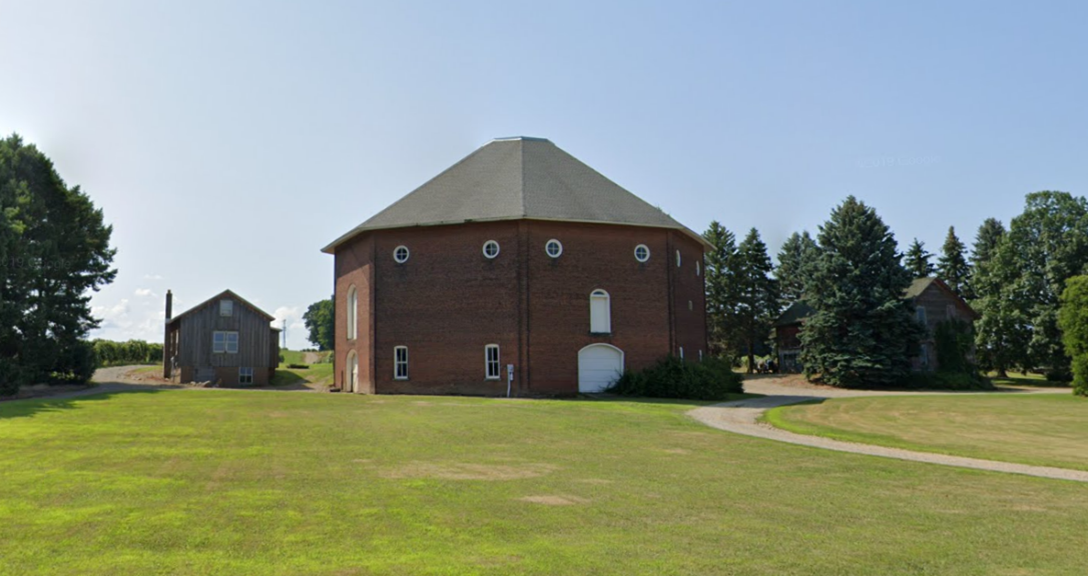
As my internship progressed, I was tasked to help with another project related to the reassessment of a Historic Agricultural District in Lancaster County. Over the last two decades, the Mill Creek Rural Historic District (RHD, PA-SHARE Resource #2006RE00713) has faced rapid residential and commercial development along major transportation routes. As a result, the historic agricultural integrity of the farms and landscape contributing to the district has come under threat.
My role in this reassessment was to use historic aerials to compare and evaluate landscape changes throughout the Mill Creek RHD between the late 1960s and the present. This evaluation helped to both familiarize me with the landscape itself and inform me on the development within the district.
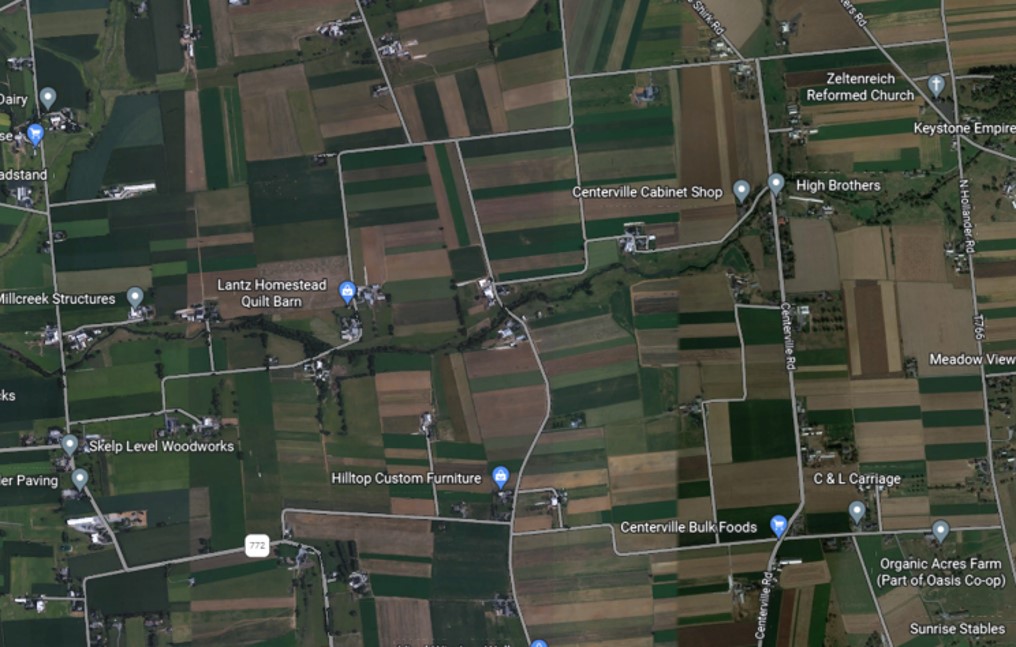
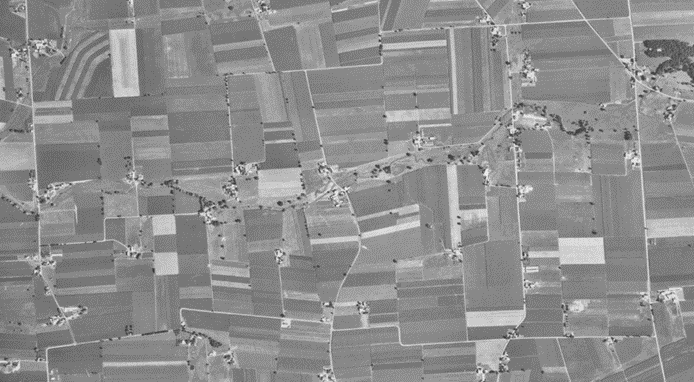
After collaborating with SHPO staff, I worked to revise the boundary of this district to reflect the changes that had occurred on the landscape. With these revisions, I produced graphics that would be used to explain and defend the proposed changes. At the same time, I created additional graphics which were used to reinforce the agricultural integrity of the landscape in less impacted areas of the district to illustrate that the whole had not been compromised by development.
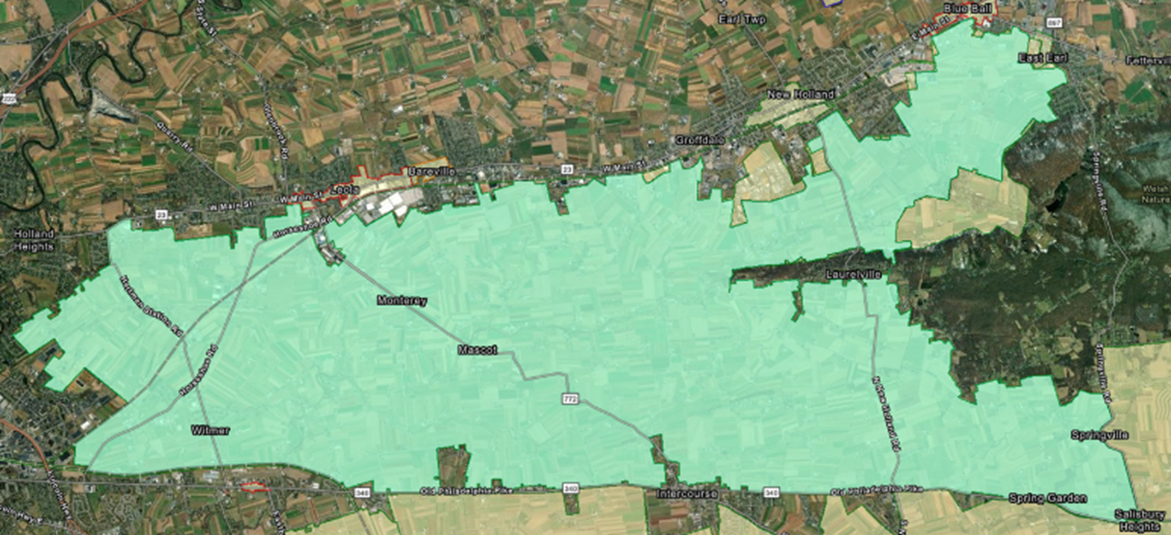
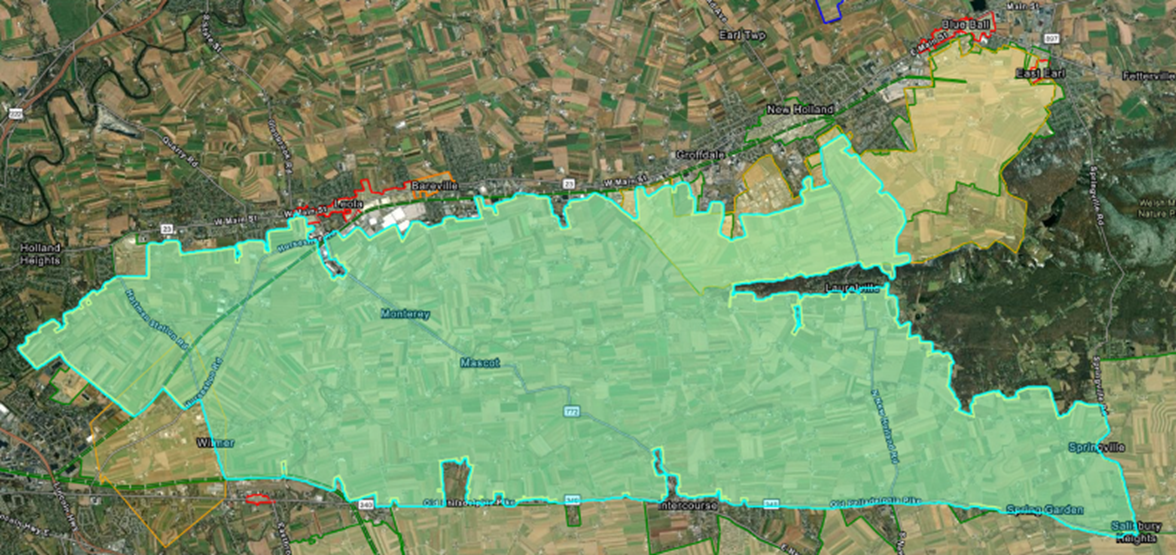
Finally, I spent time locating supporting services such as schools, churches, cemeteries, and mills and developed graphics for them which were used to underscore the social and agricultural cohesion of the district. The work that I completed for this project made up the bulk of the documentation that was used to reassess the boundary delineation of the Mill Creek RHD.
Today’s guest author is Jacob Hockenberry, one of PA SHPO’s Keystone summer interns. You can read more about the PA SHPO’s summer interns in the blog post “Meet PA SHPO’s 2022 Interns!” For more information about the Pennsylvania Historical and Museum Commission’s summer internship program at https://www.phmc.pa.gov/About/Join/Pages/Internships.aspx.
Leave a Reply